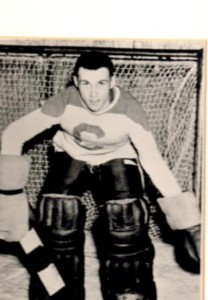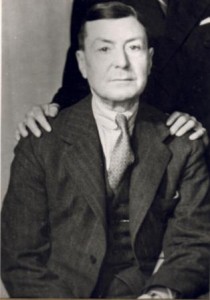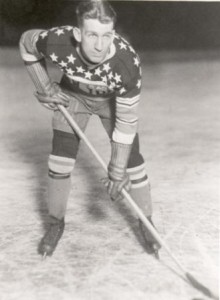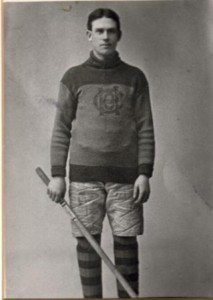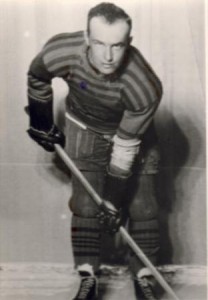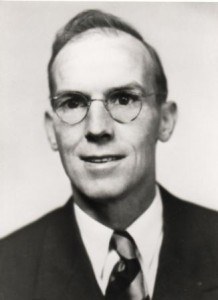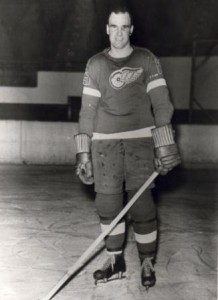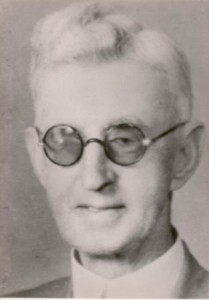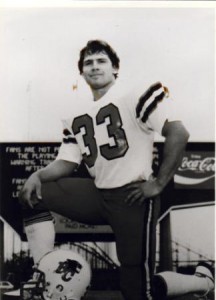 Back in 1974, running back Ryan Potter, donning CCI’s gold and black, dominated play in Simcoe County during his high school years, but had to ask for a tryout with the University of Western Ontario Mustangs.
Back in 1974, running back Ryan Potter, donning CCI’s gold and black, dominated play in Simcoe County during his high school years, but had to ask for a tryout with the University of Western Ontario Mustangs.
The first year I was at Western there were 45 running backs trying out for the team. “It was ludicrous” said Potter. “They ended up keeping six of us, and I was fortunate enough to be one of them.” Potter went on to have a five-year career in the Canadian Football League, and at the time was only the second Collingwood resident to ever get that far – the first being Jack Portland. But it was with the Mustangs that the tailback enjoyed his greatest success.
During his four-year playing career at Western, from 1978 -81, the Mustangs went 35-8 and won three consecutive Yates Cup Championships (emblematic of the Ontario university title). Potter was awarded the Dalt White Trophy as most outstanding player in two of those championship games – ’79 and ’81.
He had 1,172 yards on just 130 carries and ranks 10th on Western’s all-time yardage list, despite being the only player among those top 10 who had less than 200 carries.
Ryan started his career at Western with two fellow-freshmen running backs, Greg
Marshall and Mike Kirkley, who would form over the next four years perhaps the
most dynamic threesome in Canadian university football history, said Larry Haylor, long time head coach of the Mustangs. “We have always been motivated at Western by team goals and it’s testimony to Ryan’s character that he always placed team before self.”
In the 1982 CFL Canadian College Draft, Potter was chosen in the third round by
the B.C. Lions, who would later draft a couple of other Collingwood residents,
Scott Lecky and Reinhardt Keller. He played for four years with the Lions
and one more with Calgary before calling it quits.
At CCI, Potter was the captain for two junior teams, yet he played only one year
of senior because of his age. A two-way player, he won CCI’s athlete-of-the-year on two occasions.
Potter is married with two daughters and is a sales trainer for a pharmaceutical
company. He recently moved to Toronto from Vancouver. Ryan Potter was inducted into the Collingwood Sports Hall of Fame in 1994.

